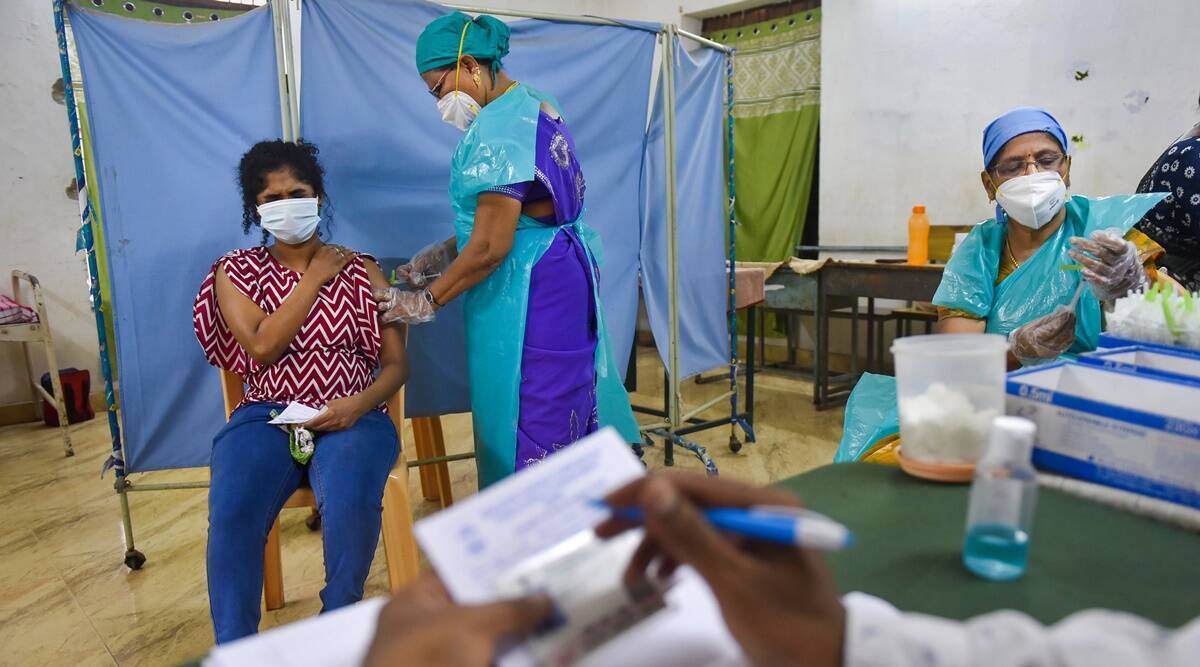‘The gender pay gap in the health and care sector: a global analysis in the time of COVID 19,’ a comprehensive report co-developed by two United Nations (UN) agencies, the International Labor Organization (ILO) and the World Health Organization (WHO), finds that women working in the health and care sector face a larger gender pay gap than in any other economic sector.
The report finds a raw gender pay gap estimated at around 20 percentage points. This jumps to 24 percentage points when factors like age, education, and working time are taken into consideration. (UN News)
While much of the gender pay gap remains unexplained, the agencies believe it is perhaps due to discrimination against women, who will account for approximately 67.2 percent of workers globally in 2020. However, according to ILO 2017 findings, this percentage has decreased slightly from an estimated 70.3 percent in 2013.
The health and care sector is a major source of employment 🌍, particularly for women. 👩👩🏻🦱👩🏿⚕️🧕🏼👩🏽🔬
Yet they earn 24% less than peers who are men.
Check out the 🆕 @ilo and @WHO report
👉 https://t.co/XgofC6sXY3#EqualPay pic.twitter.com/CWjKHWRNpF
— International Labour Organization (@ilo) July 14, 2022
Furthermore, the report highlights the overall low wages in the health and care sector as compared with other economic sectors. This is also consistent with the finding that wages are often lower in areas or economic sectors where women are predominant.
COVID-19 Pandemic
In comparison to other economic sectors, the health and care sector has experienced significantly fewer job losses due to the economic downturn related to the COVID-19 pandemic.
Despite the critical role that health and care workers played during the global crisis, the gender pay gap in the sector appears to have narrowed marginally between 2019 and 2020.
“The health and care sector has endured low pay in general, stubbornly large gender pay gaps, and very demanding working conditions. The COVID-19 pandemic clearly exposed this situation while also demonstrating how vital the sector and its workers are in keeping families, societies, and economies ongoing,” the Director of Conditions of Work and Equality Department at ILO, Manuela Tomei, said.
Furthermore, the Report gives a detailed case study of three countries – Canada, Mexico and the United States on the effects of the pandemic on the employment of wage workers in the health and care sector.
Reproductive years widen gender pay gaps
Working mothers in the health and care sector seem to suffer disproportionately. The report demonstrates that the employment and gender pay gaps in the health and care sector substantially increase during the reproductive years of a woman and persist throughout her working life.
In addition, the report observes that a more equitable sharing of familial duties among the male and female members of the family could lead to women making different occupational choices.
According to the report, gender pay gaps vary significantly across countries, indicating that they are not inevitable and that more can be done to bridge them. Within countries, gender pay gaps tend to be wider in the higher pay categories, where men are over-represented. Despite the fact that women are overrepresented in the lower pay brackets.
Hope to decrease the gender pay gaps
The Director of the Conditions of Work and Equality Department at ILO, Manuela Tomei, seems hopeful when she says, “We cannot have better-quality health and care services without better and fairer working conditions, including fairer wages, for health and care workers, the majority of whom are women.”
In addition, the Director of Health Workforce, Jim Campbell, said, “women comprise the majority of workers in the health and care sector, yet in far too many countries, systematic biases are resulting in pernicious pay penalties against them. The evidence and analysis of this ground-breaking report must inform the government, employers, and workers to take effective action. Encouragingly, the success stories in several countries show the way; including wage increases and political commitment to pay equity.” (ILO)

